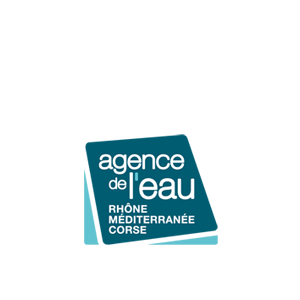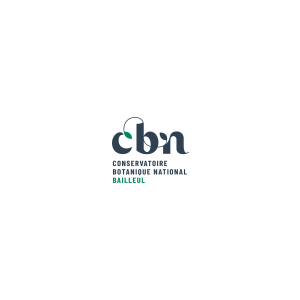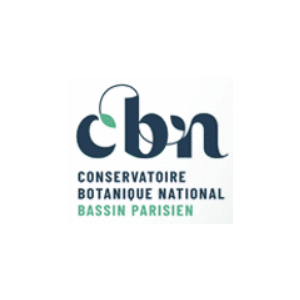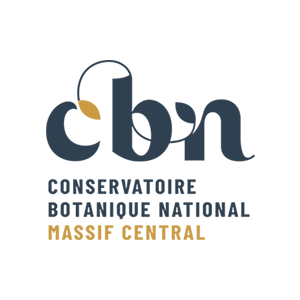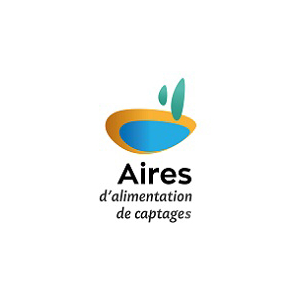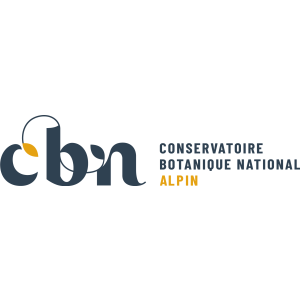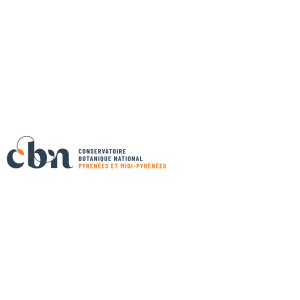
Document généré le 31/08/2025 depuis l'adresse: https://www.documentation.eauetbiodiversite.fr/fr/notice/the-natural-factors-and-anthropogenic-stressors-influence-on
Titre alternatif
Producteur
Contributeur(s)
EDP Sciences
Identifiant documentaire
11-dkey/10.1051/kmae/2021034
Identifiant OAI
oai:edpsciences.org:dkey/10.1051/kmae/2021034
Auteur(s):
Ceria Hamache,Mateusz Płóciennik,Imane Saal,Abdeslem Arab
Mots clés
Chironomid
biodiversity
river continuum
north African
Algeria
biodiversité
continuum fluvial
Afrique du Nord
Algérie
Date de publication
28/10/2021
Date de création
Date de modification
Date d'acceptation du document
Date de dépôt légal
Langue
en
Thème
Type de ressource
Source
https://doi.org/10.1051/kmae/2021034
Droits de réutilisation
Région
Département
Commune
Description
Mediterranean streams reveal high biodiversity and play a crucial role for local populations. North African wadis are less known than European streams. Hence, there is a need to explore factors influencing their communities. Chironomid assemblages of the Seybouse and El Kebir-west wadis, located in Algeria, were surveyed between July 2016 and July 2017. Among 28,045 collected larvae, 51 taxa were identified. The obtained results indicate that wadis saprobity, conductivity and pH vary seasonally. Air temperature and precipitation affect wadis differently in summer and winter. Two gradients driven by altitude define the river continuum: (1) the bottom substrate, from coarse to fine, and water quality, (2) the variety of meso-habitats from natural to anthropogenic. El Kebir-west, as a natural wadi, has unified communities throughout all its length. Communities of Seybouse vary due to the fact that this larger river is strongly influenced by human activity. Water management in Algeria should focus equally on water quality and natural habitats treatment.
Accès aux documents
0
Consultations
0
Téléchargements






